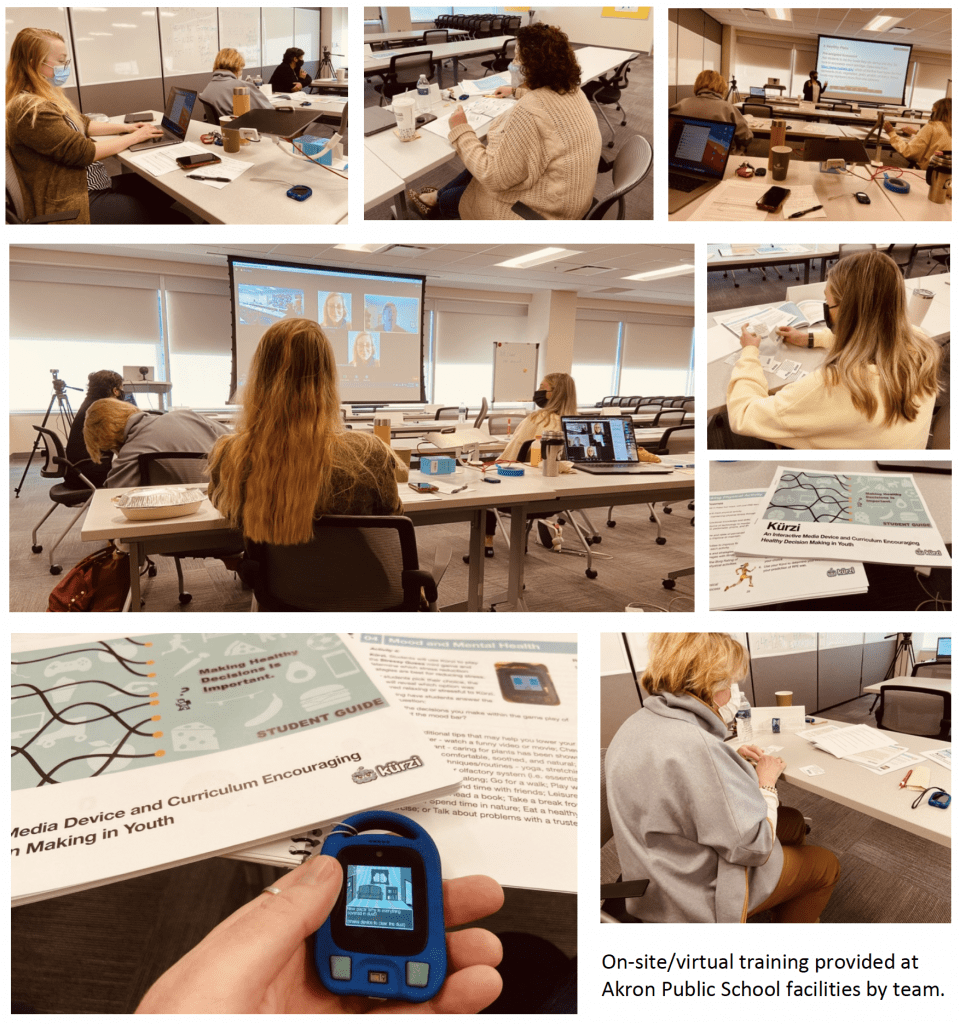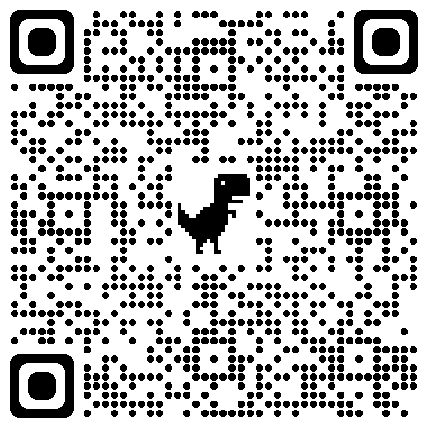Ohio State University Extension
Research Capabilities | Community Development, Pickaway County

Figure 1. OSU Extension program areas: 4-H Youth Development, Agricultural and Natural Resources, and Family and Consumer Science images by OSU Extensions retrieved from: https://extension.osu.edu/. Community Development’s STEM Club Program image by Meghan Thoreau.
SUMMARY
Ohio State University Extension is the community-based outreach unit of the College of Food, Agricultural, and Environmental Sciences at Ohio State. Extension “empowers through education,” we help Ohioans build better lives, businesses, and communities.
OUR VISION Ohioans have the knowledge and resources they need to thrive. OUR MISION We create opportunities for people to explore how science-based knowledge can improve social, economic, and environmental conditions.
OSU Extension delivers knowledge from Ohio State to all 88 counties in Ohio. We work with people where they live to strengthen their own lives and communities. Extension connects with people in all stages of life – from young to older adults – from families to K-12 schools, farmers, business and industry leaders, community leaders, and elected officials.
Community Development in Pickaway County has a unique programming focus geared towards STEM careers (Science, Technology, Engineering, Math.) My work, as an Education Educator, is informed by a collaborative team of Extension professionals, volunteers, campus collaborators, and community partners that provide leadership for the development, production, and evaluation of educational programs and applied research to foster informal STEM educational opportunities that increase career attainment in STEM fields. My Extension outreach and programming integrates new technologies, hands-on learning experiences, career exploration, and emphasize on the 21st Century skill set.
CAPABILITIES
- Focus on critical economic, environmental, leadership, youth, and family issues.
- Engage people in lifelong learning.
- Apply knowledge/practical research to the diverse needs/interests of Ohioans in rural, suburban, and urban communities.
- Extend resources of The Ohio State University.
- Recruit/develop volunteers to multiply Extension’s efforts while developing their leadership potential.
- Enhance teamwork through networking and connectedness.
- Link youth, family, and community needs to scholars in Ohio and nationwide.
- Teach with cutting-edge strategies using new technologies and approaches.
DIFFERENTIATORS
Research projects that require real-world STEM education and instruction, including areas of applied science, engineering, computer science, workforce development, and other areas of instructional methods and delivery.
We offer hands-on programmings such as drone racing, intro to coding, simple circuitry, aerospace and flight simulators, intro astronomy, simple motors and robotics, renewable energy, and more.
We bridge the gap between science and the community, with instruction in STEM and science concepts across community members of all ages, including community members typically underrepresented in research. We utilize relationships across the community to deliver impact in formal and informal learning environments.
AREAS OF PROGRAMMING, RESEARCH & SCHOLARLY INTERESTS
Programming
- Scholastic Drone Racing (video)
- K-12 Teacher/Business Tours
- Elementary STEM Club Program
- Student Career Exploration Tours
- Problem-based Learning Initiatives
- Pickaway County Library Youth STEM Club (video)
- Summer STEM Camp
- Real-Money, Real World
- 21st Century Skill Set and STEM Careers
- Extra Mile
- Coding Club & App Development
- Community and Scholarly Outreach
Research & Scholarly Interest
I’m interested in building new collaborations among practitioners, STEM researchers, learning researchers, and evaluators that are interested in developing and/or studying models in Pickaway County related to informal STEM education. With an additional focus on professional development or professional development resources related to informal K-12 STEM learning; and developing or supporting collaborations, connections, and professional networks within and across sectors informal STEM education and beyond.
My outreach and programming focus on promoting science and engineering education, especially programming that engages professionals and youth from populations typically underrepresented in the STEM fields. I’m interested in advancing my programmatic development with researchers focused on STEM learning outcomes, organizational capacity, and mechanisms for expanding programming and access to STEM resources and experiences. Some challenges I have experienced are a poor understanding of informal STEM challenges and opportunities in rural communities. Rural school districts face shortfalls and hardships, fiscal pressures, school consolidation, population loss, low capacity of the workforce, diversity of the workforce, tech workforce, and a general lack of knowledge about learning technologies and effective STEM delivery.
I’m seeking out ways to: increase informal STEM offerings in rural and agricultural communities; provide support and leadership for expansion of STEM programs (e.g. existing scholastic drone racing program); provide information and resources for rural communities and schools to deliver STEM programs; and better academic understanding of informal STEM opportunities in rural communities.
CURRENT PARTNERS & CLIENTELE
I’m tasked with providing leadership and programming to meet the current and future needs related to STEM education and career development for K-12 youth and educators. I work in conjunction with the Pickaway County Educational Service Center, Pickaway WORKS, school district curriculum directors, K-12 teachers, economic development organizations, such as Pickaway Progress Partnerships, local business and industry, and OSU collaborators. Additional program partners: the PAST Foundation, DuPont, Safety Third Racing, COSI, Digital Flagship, and more. My clientele is primarily K-12 youth and the families and organizations interested in STEM programming opportunities.

Figure 2. OSU Extension Community Development’s STEM Program images by Meghan Thoreau.




















